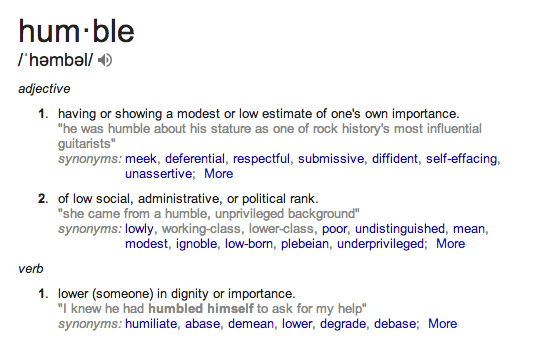So I was tasked with composing my vision statement related to instructional leadership and supervision. If you follow me on Twitter you would have noticed a couple of tweets about writer's block and being on the struggle bus. I wasn't struggling because I lack the vision of what an instructional leader could be or should be, but I was very much struggling with how to make this complex idea clear and concise. Some of my initial thoughts around instructional leadership can be found in a previous post on the topic (
see here), but for the purposes of this assignment I had to stretch myself to move beyond the roles of teacher leaders in instructional leadership, and look more at the specific role of the building leader. I'm pretty sure my final submission doesn't look much like a typical vision statement. Take a look and please provide feedback to stretch my thinking.
The Purpose of Supervision and Instructional Leadership:
Supervision and instructional leadership should lead educators towards reflection and action. As a result of the work of instructional leaders, educators should be inspired, challenged and empowered to reflect critically on their actions, clarify and make explicit their thinking, and share what they have learned with others.
Prerequisites:
Create a supportive environment. A building leader establishes a supportive environment in the ways that they handle formal and informal interactions, discussions related to instructional matters, and how loosely and tightly they manage procedures and policies. Placing emphasis on communication, mutual respect, tolerance, acceptance, commitment to sharing, courage, and risk taking are necessary to establishing an environment that will be conducive to professional and instructional growth.
Acknowledge the balance of power. To move beyond mere evaluation or oversight there must be a recognition of the current balance of power, and ways in which the hierarchy might be flattened in order for a more collaborative system to be put in place.
A Roadmap to Instructional Leadership and Supervision:
1. Connect
Be visible, be present and be connected. By doing these things you are better able to understand what motivates your learning community, analyze what is happening in terms of curriculum and instruction, and find ways to inspire, challenge and empower your faculty. Walk around, and talk with students and faculty. In business it is known as the Management By Wandering Around or Management By Walking About model. This model increases approachability and ultimately trust. By the very instance of you being there and being truly present, your faculty is more likely to share what is happening within their classrooms. As the leader you are more apt to find areas that are strengths, and weaknesses, in terms of curriculum and instruction, and opportunities to promote and empower the work that is happening in your building. As you spend more time interacting, and connecting with staff and students trust is eventually built. When you interact daily with a determined and genuine effort, there is heightened accountability on both sides.
2. Plan
Effective instructional leaders must understand the many facets of instruction, learning, motivation and engagement. They engage in self-reflection and professional learning alongside faculty, model expected behaviors, and are involved in instruction in very tangible ways. It is incumbent upon the instructional leader to encourage, empower and engage all school community members (faculty, students and families) to actively participate in the ongoing growth of the learning community. In leading this important work, they are able to assist faculty in evaluating curriculum and instructional approaches, and collaborate in the framing and the aligning professional learning opportunities.
Much in the way a teachers are charged with empowering their students and differentiating instruction to meet individual needs, building leaders too are charged with empowering their faculties and sharing ownership for professional learning and growth. Recognizing that each member of the learning community has different strengths, and different needs and approaching supervision and instructional leadership through that lens is critical. Working with faculty members to develop an action plan that best meets their learning needs, the needs of the students, while also attending to the goals of the larger learning community is a chief responsibility of an instructional leader.
3. Act
There are specific actions that building leaders can take that will help to drive professional growth in buildings, and lead to an increased willingness amongst faculty to innovate, take risks and share. These actions include: listening and observing more than talking or directing, facilitating dynamic and open discussions, providing support and guidance, empowering teacher leaders and supporting peer observation and mentoring initiatives along with formal observations and individual conferencing. When instructional leaders take the time to listen and observe and reflectively question they gain critical insights regarding not only instructional practice, and student learning, but the overall experience of a learner in their community. When instructional leaders facilitate, rather than direct, they empower others in the learning community to take leading roles and strengthen collaborative practices.
In just about every case, actions speak louder than words. Instructional leadership is no different, in every instance the words and deeds of the instructional leader must match. If we say we are instructional leaders, then our actions need to match. We must cultivate leaders and learners throughout our learning communities by inspiring, challenging and empowering them to do so.















